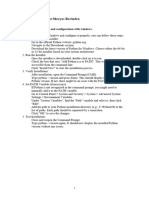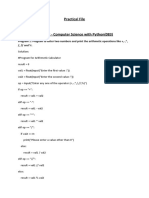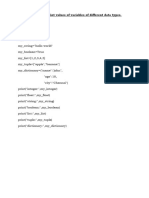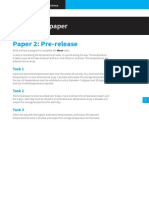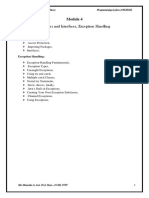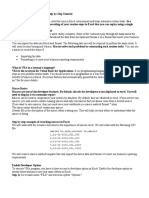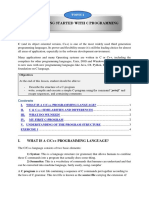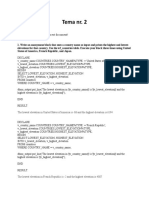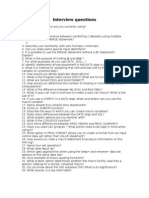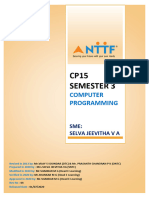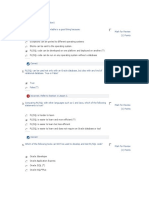0% found this document useful (0 votes)
97 views19 pagesAQA GCSE Computer Science Paper 2 in A Nut Shell
The GCSE Computer Science AQA Paper 2 Study Guide focuses on programming skills, covering topics such as pseudocode to Python translation, essential programming constructs, common algorithm patterns, and exam techniques. It emphasizes the importance of understanding code execution, data structures, and common errors to avoid. The guide also provides practice strategies to enhance coding proficiency and prepare for the exam.
Uploaded by
Liane RegnardCopyright
© © All Rights Reserved
We take content rights seriously. If you suspect this is your content, claim it here.
Available Formats
Download as PDF, TXT or read online on Scribd
0% found this document useful (0 votes)
97 views19 pagesAQA GCSE Computer Science Paper 2 in A Nut Shell
The GCSE Computer Science AQA Paper 2 Study Guide focuses on programming skills, covering topics such as pseudocode to Python translation, essential programming constructs, common algorithm patterns, and exam techniques. It emphasizes the importance of understanding code execution, data structures, and common errors to avoid. The guide also provides practice strategies to enhance coding proficiency and prepare for the exam.
Uploaded by
Liane RegnardCopyright
© © All Rights Reserved
We take content rights seriously. If you suspect this is your content, claim it here.
Available Formats
Download as PDF, TXT or read online on Scribd
/ 19


































